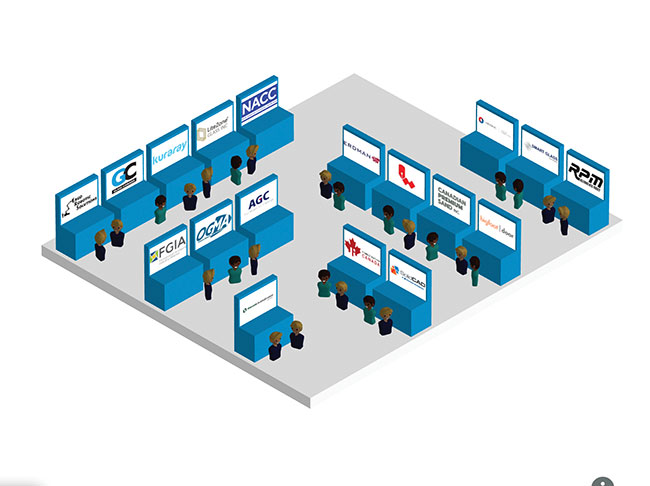
Features
Community
Event reports
Top glass, Top results
Top Glass 2021 engages audience with excellent sessions
June 8, 2021 By Sukanya Ray Ghosh

Glass Canada hosted its second virtual Top Glass Conference and Exhibits on April 21. The constant challenges thrown by COVID-19 have ensured that people around the world keep learning to adapt, evolve and make the best out of the situation. The first virtual Top Glass event hosted in 2020 offered an excellent learning opportunity. The result was that this year, though virtual, the event had more to offer and had excellent engagement throughout.
To kick-off the day, Gary Watson, senior associate at Diamond Schmitt Architects, discussed how the last year has impacted and changed everyone. He noted that the Zoom icon represented one of the greatest shifts of everyone’s lives. In his office, the internet system has become the cornerstone of culture and communication. Watson discussed how the virtual lifestyle has removed geographical borders. Residential real estate transactions are hitting new records. Construction companies have quickly embraced technology to adapt to the changes. Evolution of 3D printing technology is making a significant impact in the industry and setting the course for the future. He also observed that architects are shifting towards “less-glass” buildings in an attempt to be more environment conscious, but there are glass technologies that can offset solar heat gain or increase it during winters that can help save energy. He ended by saying that the pandemic has taught us the value of our environment and encouraged everyone to find a way to build better buildings.
Mark Jacobson from Kuraray America gave an update on glass lamination technology. During the presentation, Jacobson discussed the types of interlayers used in laminated glass; the added benefits of each interlayer; architectural uses of laminated glass; testing and standards; and compatibility issues. He focussed on two types of laminated glass, those made with polyvinyl butyral and those made with ionoplast. He ended the presentation with the following conclusions: both PVB and ionoplast laminates break safely; both PVB and ionoplast interlayers glass offer safety and versatility; laminated glass complies with building code requirements for safety and impact resistance; and laminated glass provides impact resistance to windborne debris in hurricanes and bomb blasts.
For the third session of the day, Will Nash from WSP talked about low carbon building materials specifically for the glazing industry. Nash noted that we have a clear consumption problem as our annual consumption is roughly 1.75 times what the Earth can sustain. Nash explained that to produce a life cycle assessment of buildings, it is a necessity to get Environmental Product Declarations of the different components going into the building. The EPDs point out the global warming potential of the materials. An international standard called PAS 2080 provides a framework for carbon management in infrastructure. Alternative materials were also discussed.
The last session of the day on swing stage technology and safety was presented by Rik Vandelinde from Winsafe. During the presentation, Vandelinde talked about the types of suspended/swing stages; the access challenges to consider when designing buildings; regulations; and the types of temporary access systems.
The audience stayed alert and interested throughout, with questions pouring in during each of the sessions.
Print this page
Leave a Reply